Flappers were a group of young women in the West who rose to fame after World War I and became well-known during the 1920s.
Flappers were known for their unique style, with knee-length skirts, bobbed hair, and a love for jazz music.
They broke social norms by wearing makeup, drinking, smoking in public, driving cars, and having a more relaxed view on relationships.
This rebellious attitude gave them more freedom and privacy, especially with the rise of cars, which made it easier to move around.

These women became icons of the Roaring Twenties, a period marked by major social and political change and increased cultural exchange between America and Europe. The rise of American jazz culture was a key part of this shift.
However, flappers’ bold behavior and fashion choices drew criticism from the more conservative older generation.
Critics often condemned their outfits as “nearly naked” and described flappers as “careless,” “reckless,” and lacking intelligence, highlighting the clash between traditional values and the modern attitudes of the time.

The term “flapper” likely comes from a slang used in northern England, where it described a teenage girl with her hair still down, causing her braided pigtail to “flap” against her back.
Another possible origin of the word is an older term that referred to a “prostitute.”
The non-slang use of “flapper” first appeared in print around 1903 in England and in 1904 in the United States. Novelist Desmond Coke used it in his Oxford college story, Sandford of Merton, saying, “There’s a stunning flapper.”
By 1908, even serious newspapers like The Times were using the term, often explaining it as a young woman who hadn’t yet started wearing long dresses or putting her hair up.
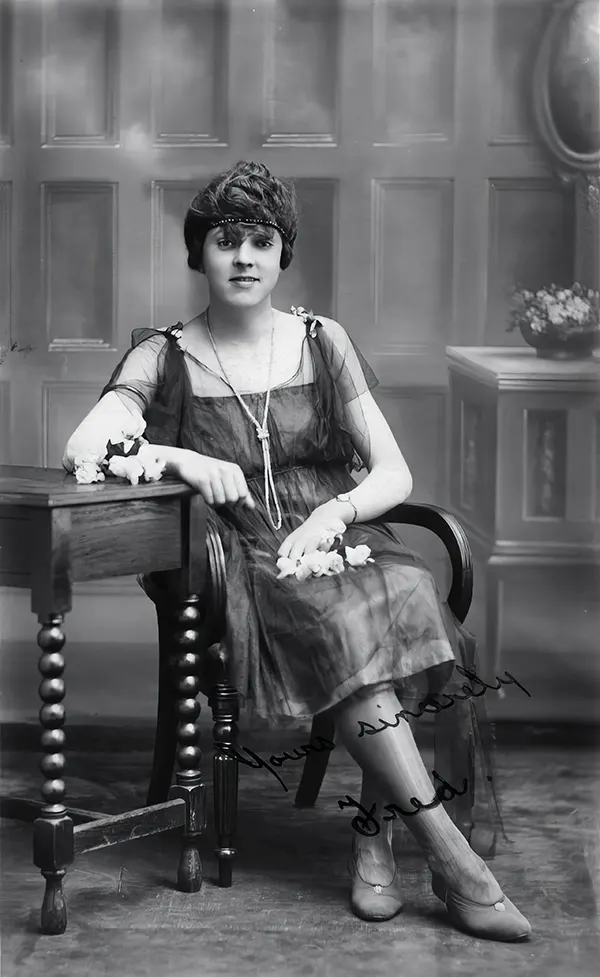
A major influence on the shift in young women’s behavior was World War I, which ended in November 1918.
The war claimed the lives of many young men, and soon after, the Spanish flu pandemic hit, taking another 20 to 40 million lives.
This time of great loss made young people feel that life was short and uncertain.
In response, young women wanted to fully enjoy their youth and embrace their newfound freedom, rather than just staying at home and waiting for marriage.
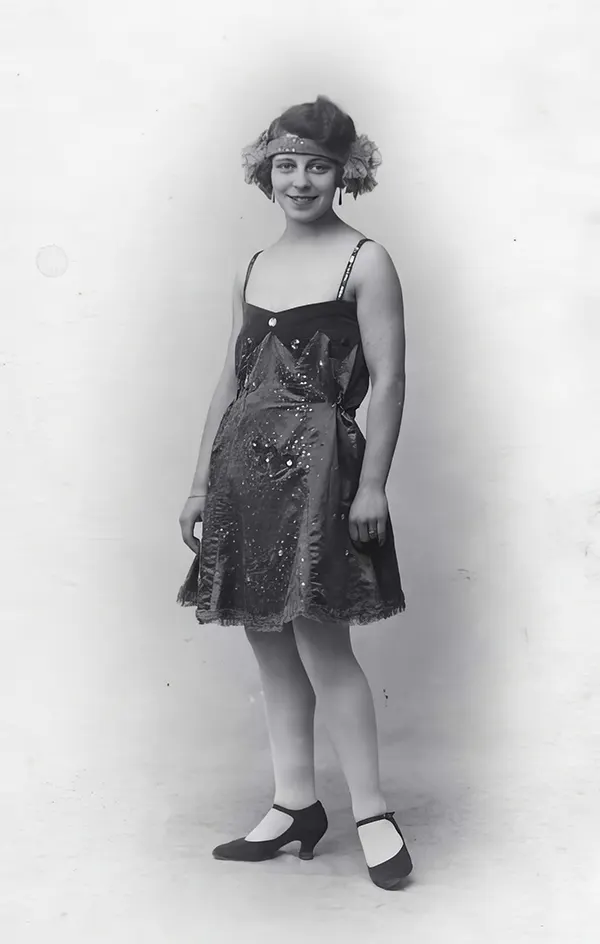
The flapper style made its debut in the United States with the 1920 film The Flapper, written by Frances Marion and starring Olive Thomas.
Although Thomas had played a similar role in 1917, it was The Flapper that popularized the term. In her later films, she fully embraced the flapper image.
Actresses like Clara Bow, Louise Brooks, Colleen Moore, and Joan Crawford followed in her footsteps, building their careers around this image and gaining widespread fame.
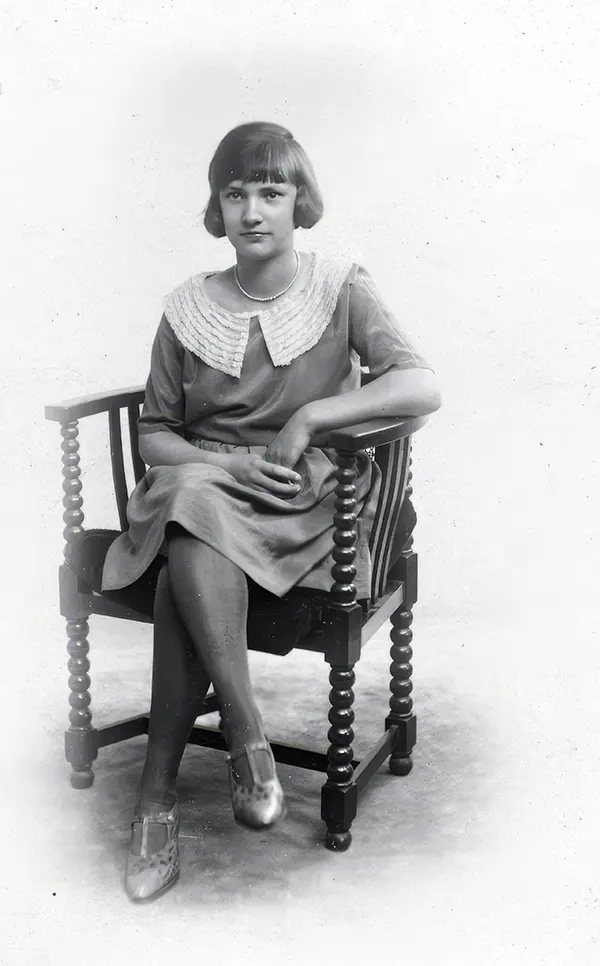
In the 1920s, many Americans viewed flappers as a challenge to traditional society, representing a shift in moral values.
Even though most flappers were middle-class daughters, they boldly rejected the values of their upbringing. The flapper lifestyle became appealing to many women across the country.
Rival groups like the National Flapper Flock and the Royal Order of the Flapper sprang up.
Flappers dismissed their chaperones, danced provocatively, and openly flirted with boys. They valued style over substance, novelty over tradition, and pleasure over virtue. Ruth Gillettes, a singer from the 1920s, captured this new attitude in her song “Oh Say! Can I See You Tonight?”—a bold expression of how women’s behavior was changing. Before this era, it was unheard of for a woman to call a man and suggest a date.
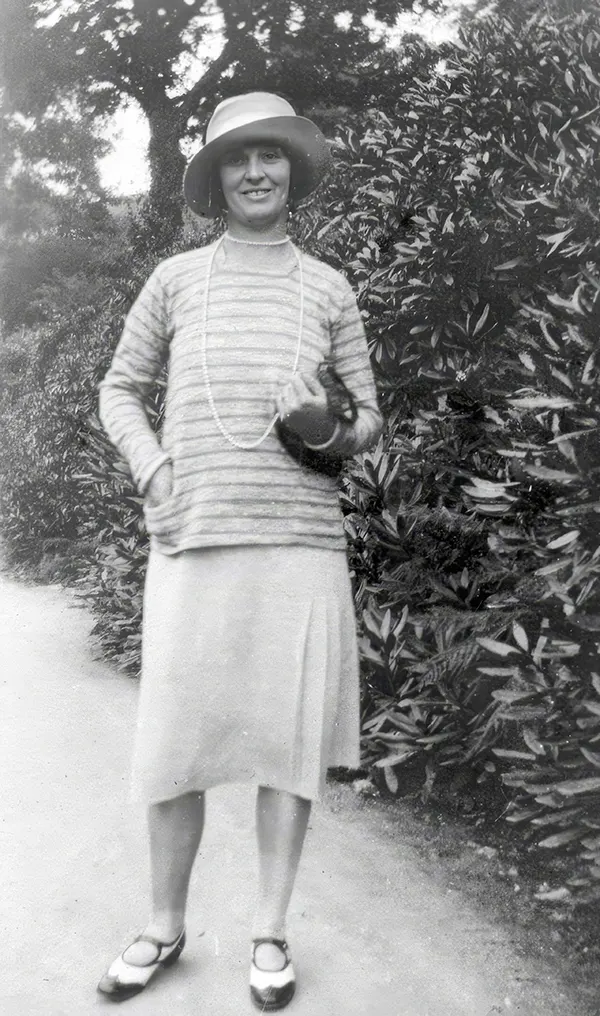
Flapper dresses were straight and loose, often with bare arms and sometimes no straps at all. The waistline was dropped to the hips, giving the dresses their iconic shape. Silk or rayon stockings, held up by garters, were a common accessory.
By 1927, skirts had risen to just below the knee, allowing glimpses of leg when a girl danced or walked in a breeze.
The lively dances of the era made these loose skirts lift, revealing even more leg. Some flappers even added rouge to their knees to draw attention to the view.
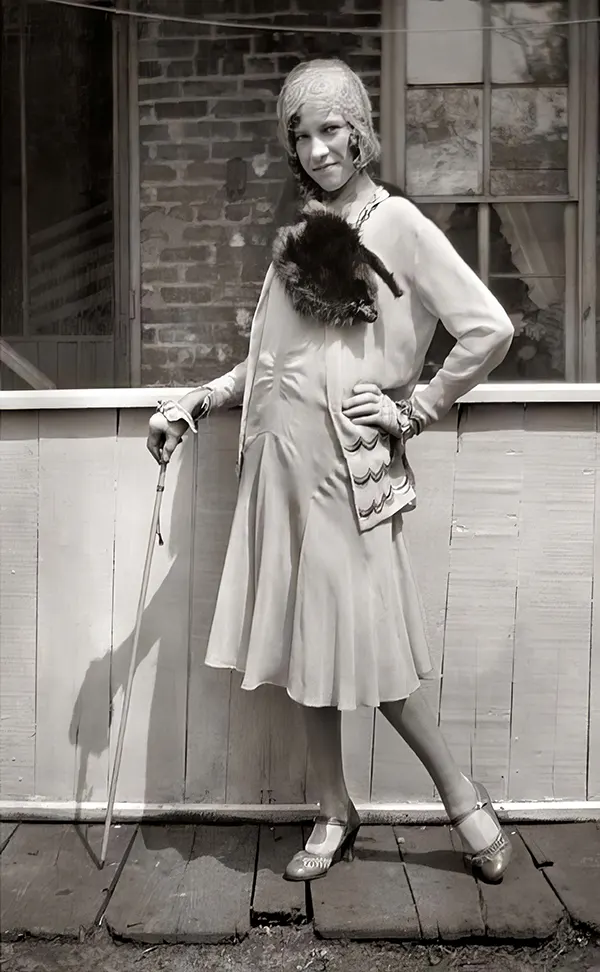
Popular dress styles included the robe de style, which stood out from the typical flapper look by featuring a fitted bodice and a full skirt. High heels became trendy, often reaching heights of 2 to 3 inches (5 to 8 cm).
Mary Janes and T-straps in classic colors like black, gold, silver, or nude were favored shoe styles, completing the chic and modern aesthetic of the flapper era.
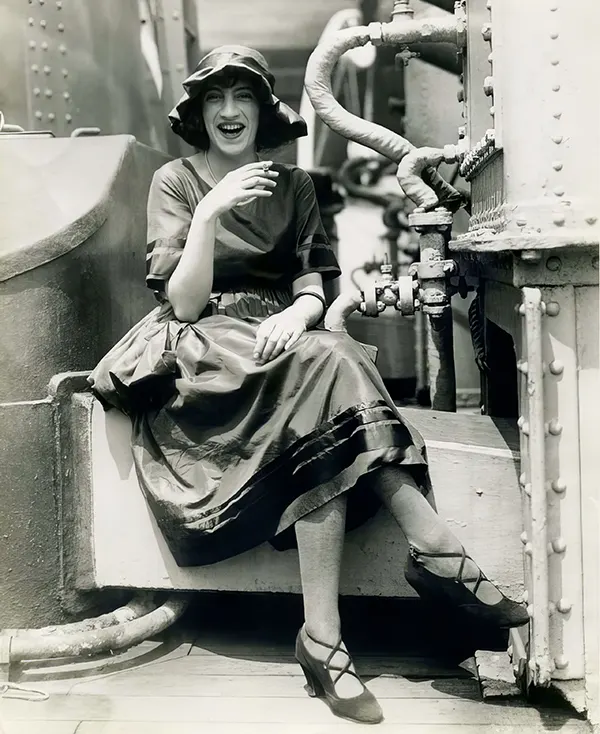
Flappers ditched corsets and pantaloons, opting instead for comfortable “step-in” panties.
Instead of the restrictive corsets of the past, flappers wore simple bust bodices that offered some support for their chests while dancing.
New, softer corsets that extended to the hips also became popular, creating a smooth, straight silhouette.
This marked a shift from traditional corsets, which focused on creating a slim waist and accentuating the hips and bust.
The move away from curvy silhouettes encouraged a more boyish look. To achieve this appearance, the Symington Side Lacer was invented and became a popular everyday bra.
This style of bra pulled in the back, flattening the chest and enhancing the boyish aesthetic that flappers favored.
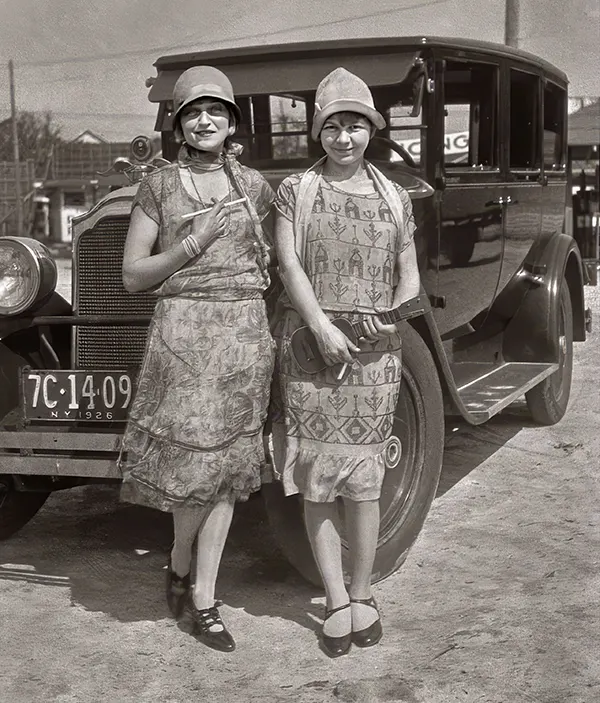
Boyish haircuts became trendy, allowing women to break free from the tradition of long hair.
Popular styles included the bob cut, Eton crop, and shingle bob. Finger waving was a common technique for styling these shorter cuts. Hats were essential accessories, with favorites like the newsboy cap and cloche hat.
Jewelry during this time often featured art deco designs, with many layers of beaded necklaces being especially popular. Pins, rings, and brooches also became stylish accessories. Additionally, horn-rimmed glasses were a favored eyewear choice.
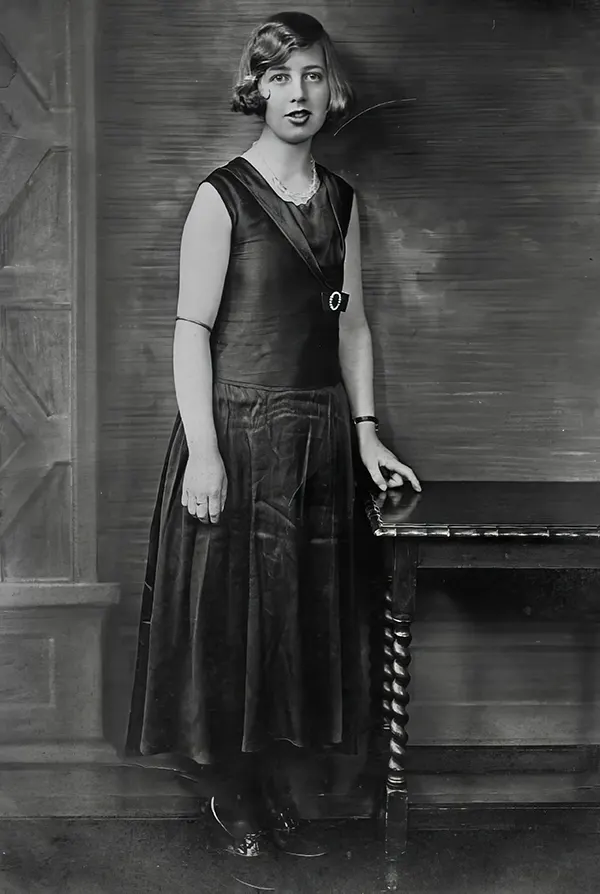
At the end of 1928, an obituary for the “Flapper” was published on the front page of The New York Times, indicating that she was being replaced by the “Siren,” a woman characterized by her mysterious charm and stylish appearance with a “vaguely European” allure.
The flapper lifestyle and look began to fade as the glitz and glamour of the Roaring Twenties came to an end in America after the Wall Street Crash of 1929.
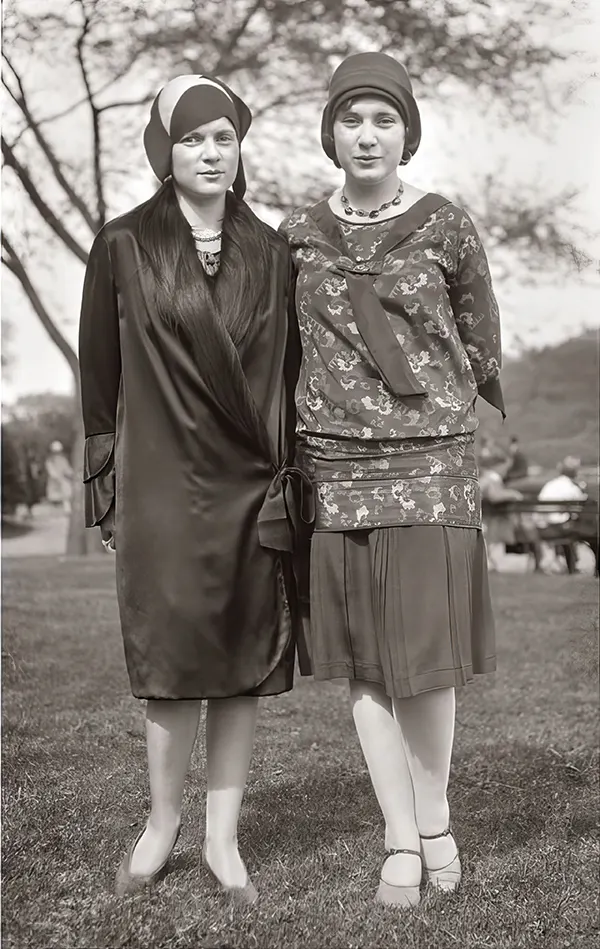
With the arrival of the Great Depression, the once-vibrant flapper women could no longer afford the latest trends and lifestyle. They turned to more conservative styles with dropped hemlines, causing the flapper dress to disappear from fashion.
The carefree attitude and hedonism of the flapper era became less acceptable during the economic struggles of the 1930s.
As hemlines began to rise again, many states enacted laws that restricted women from wearing skirts with hemlines shorter than three inches (7.5 centimeters) above the ankle.
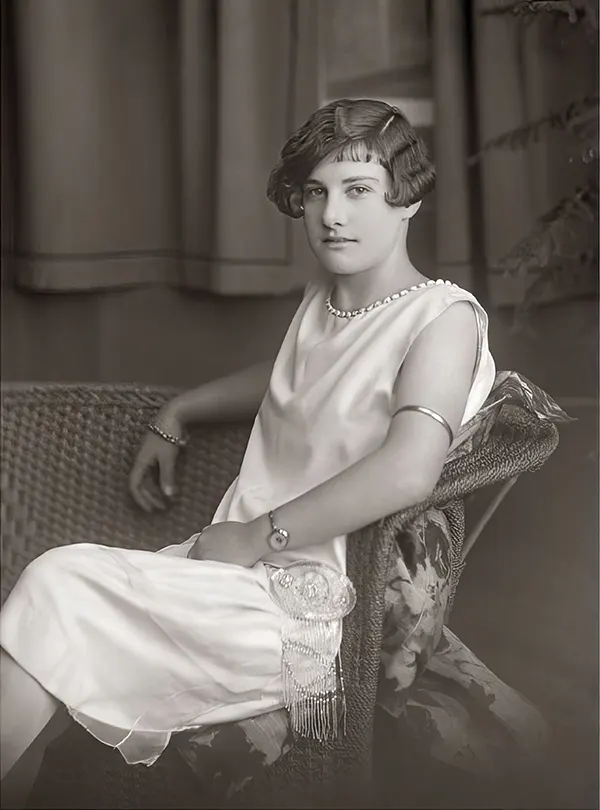
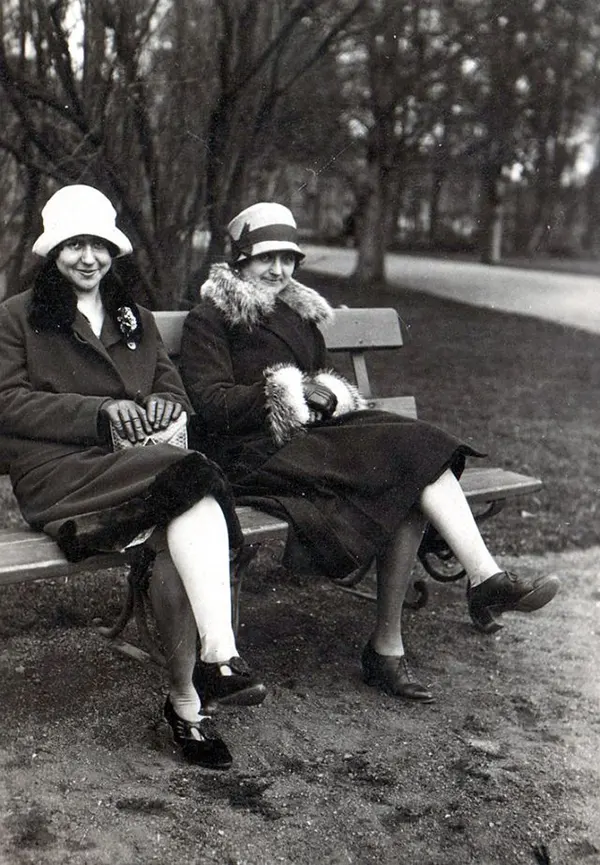

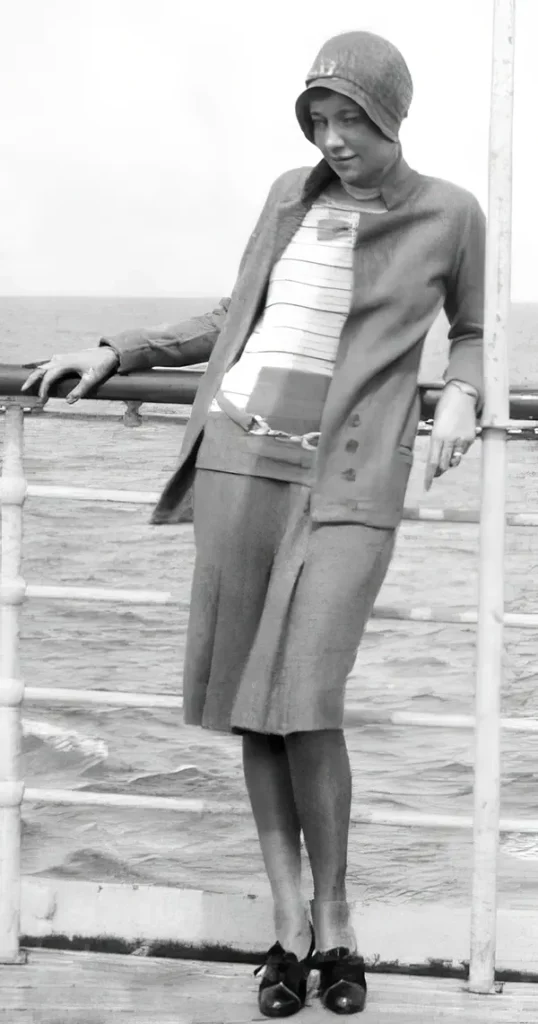
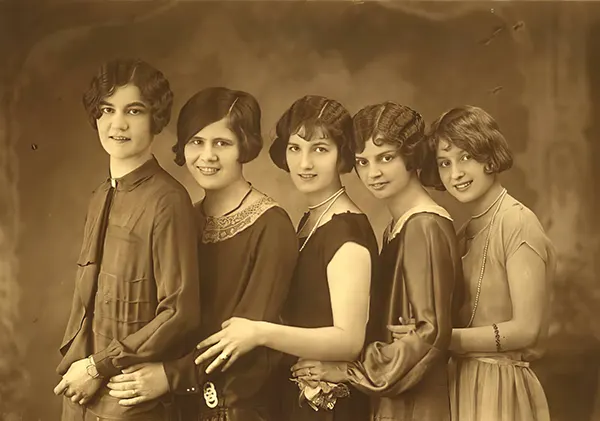
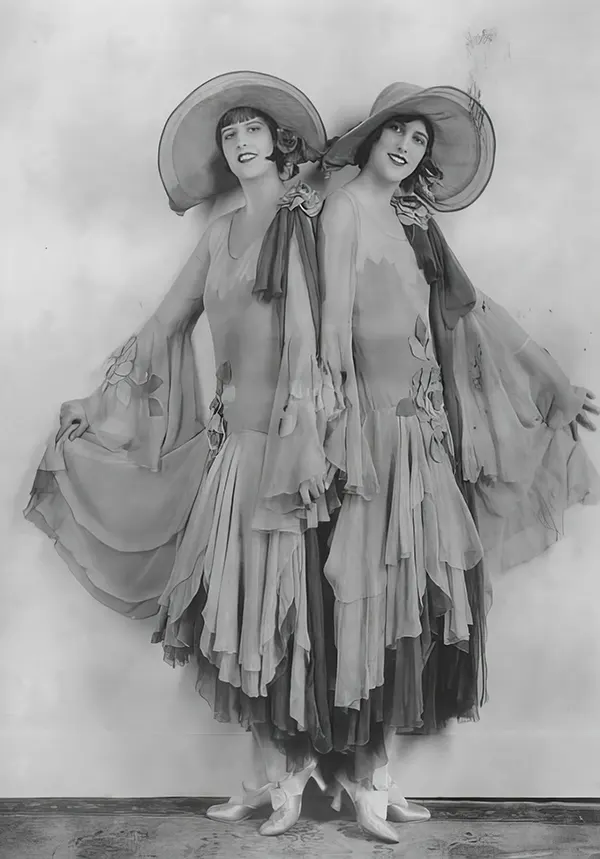
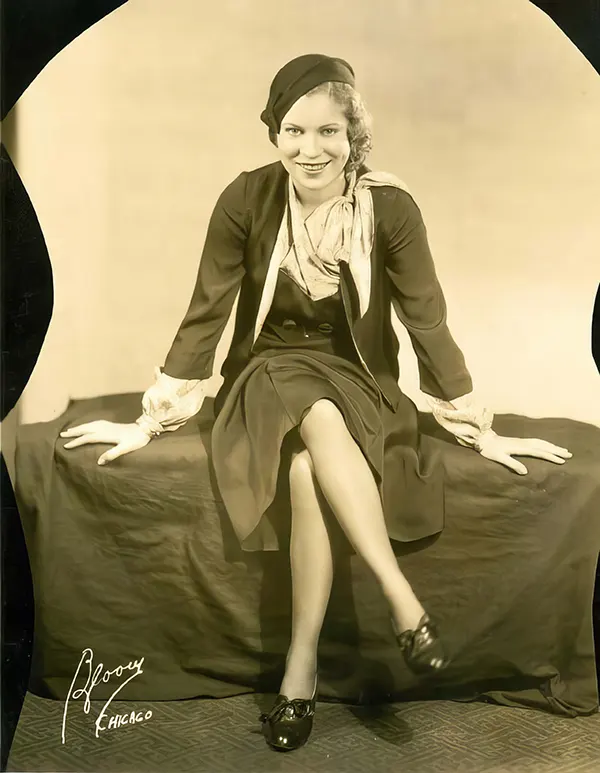
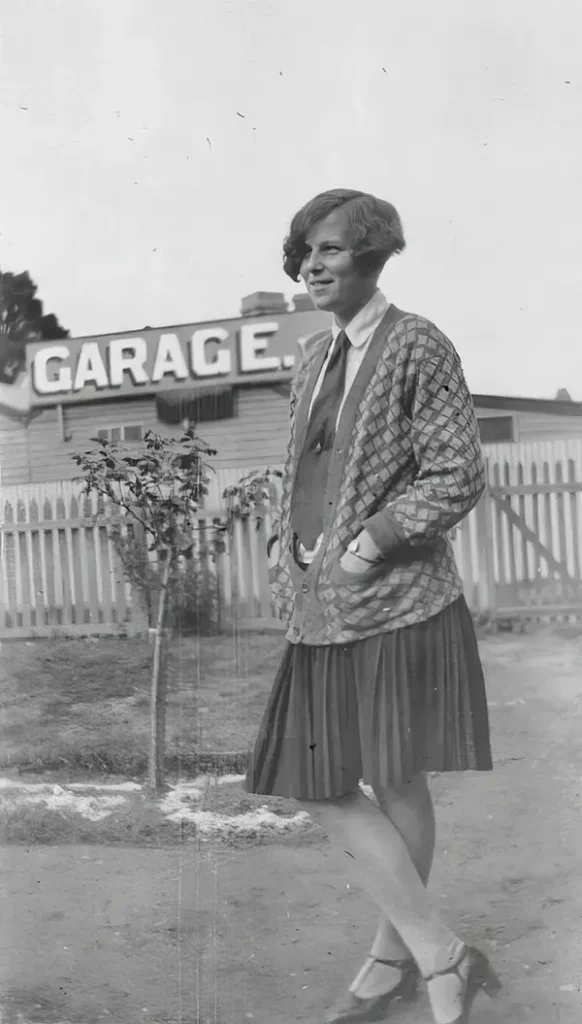

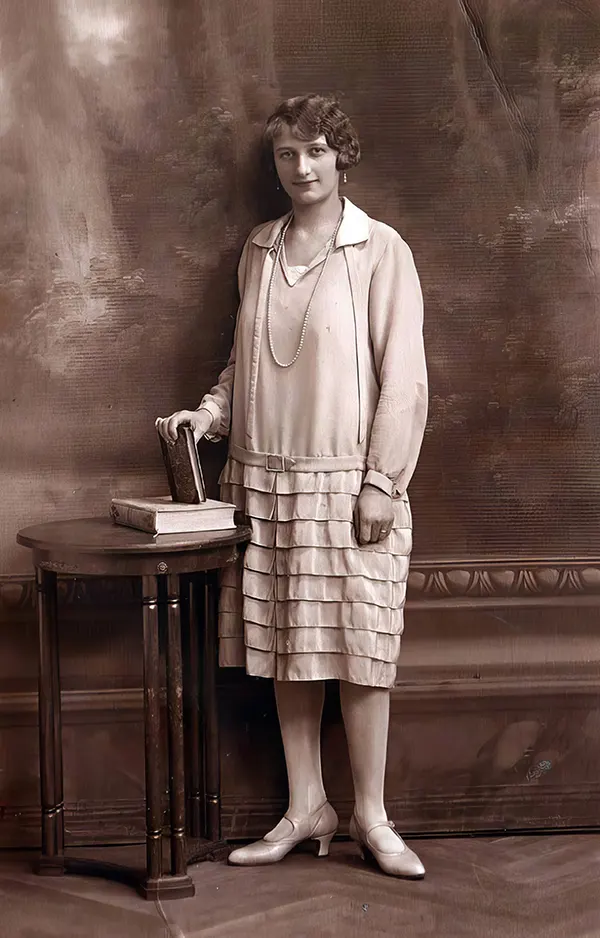
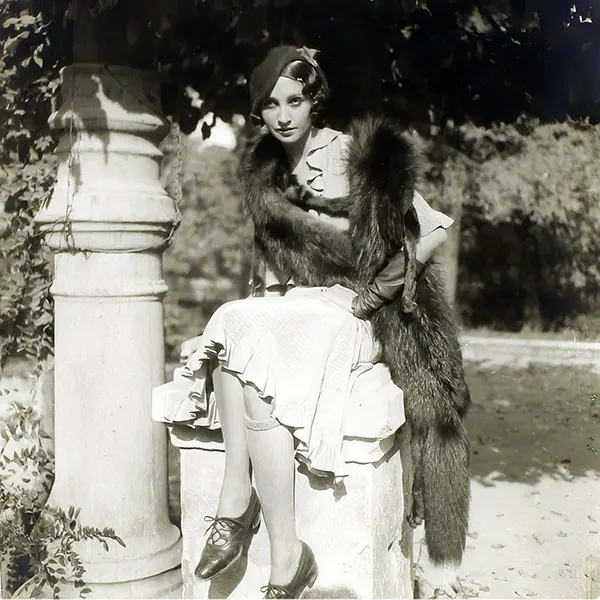
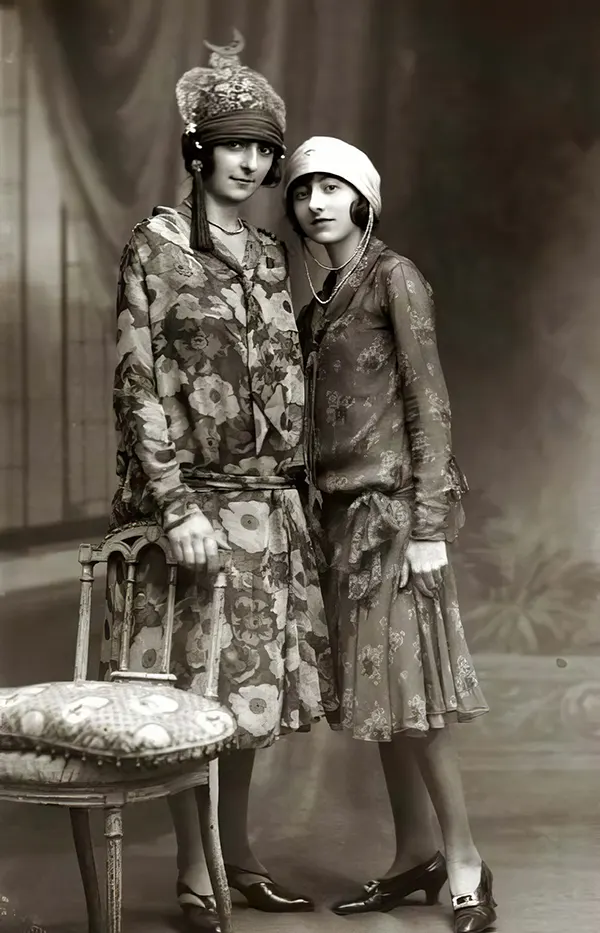

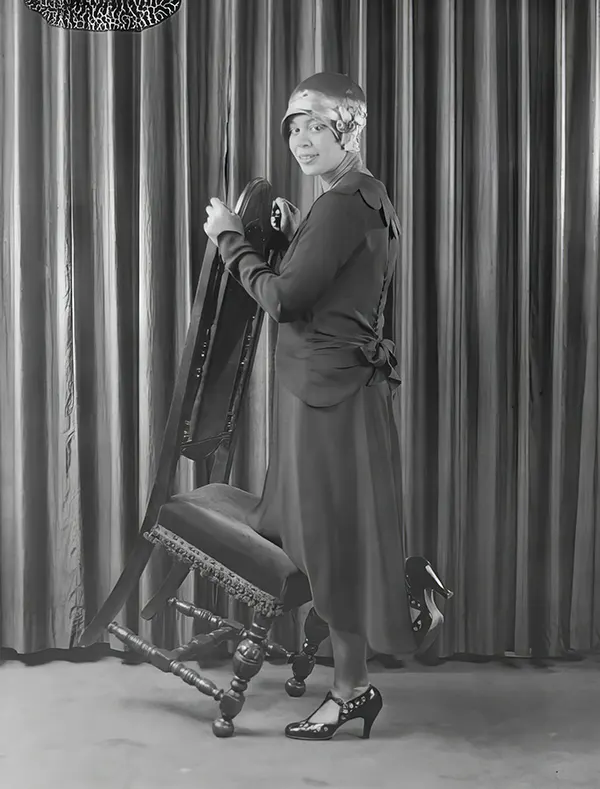

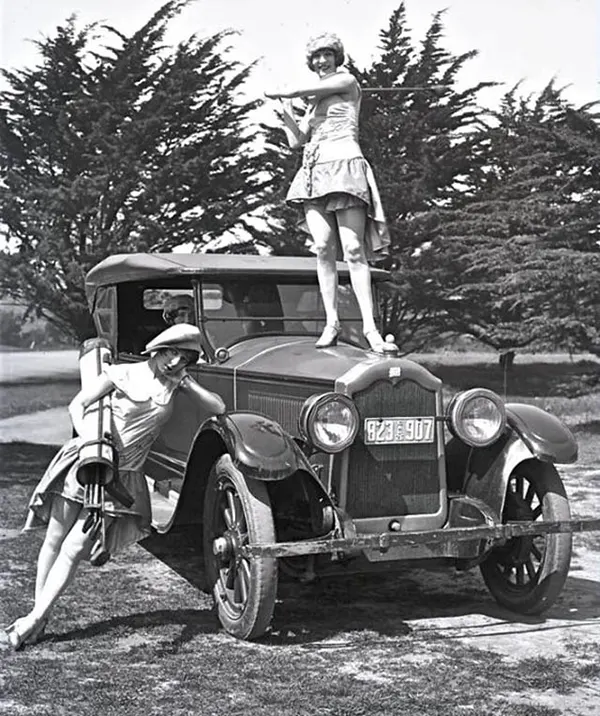
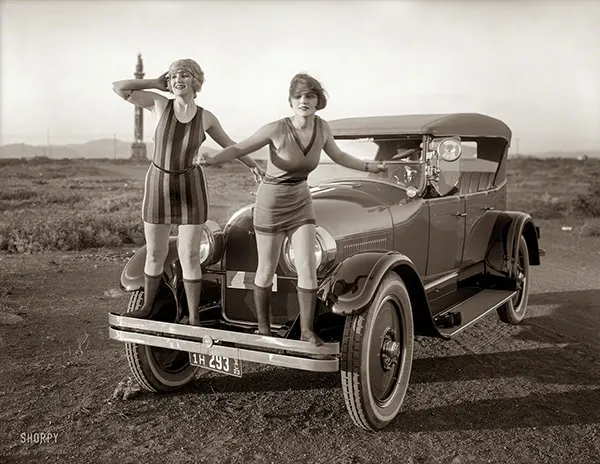
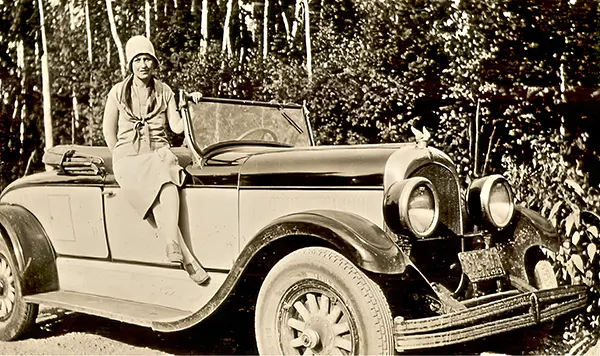
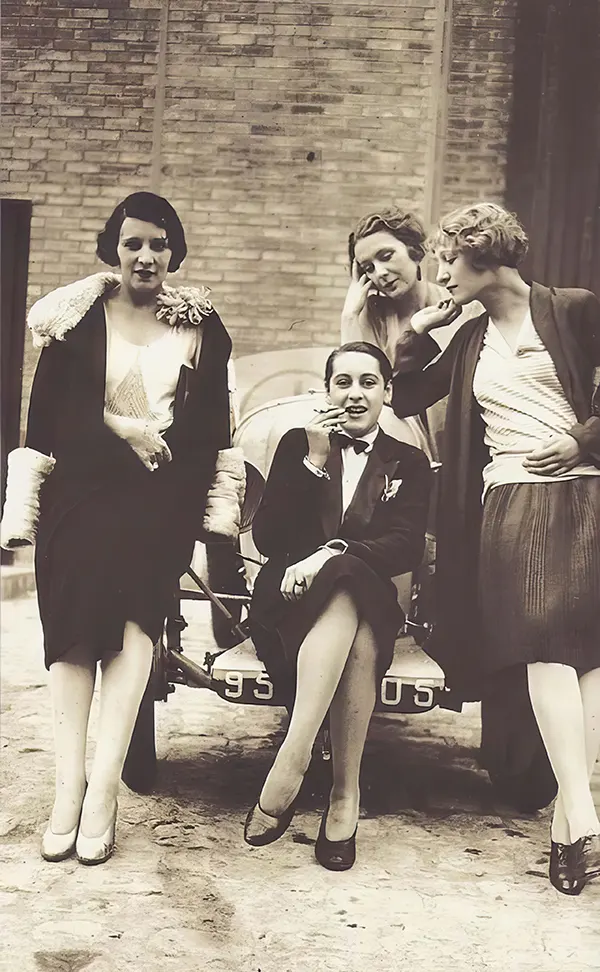

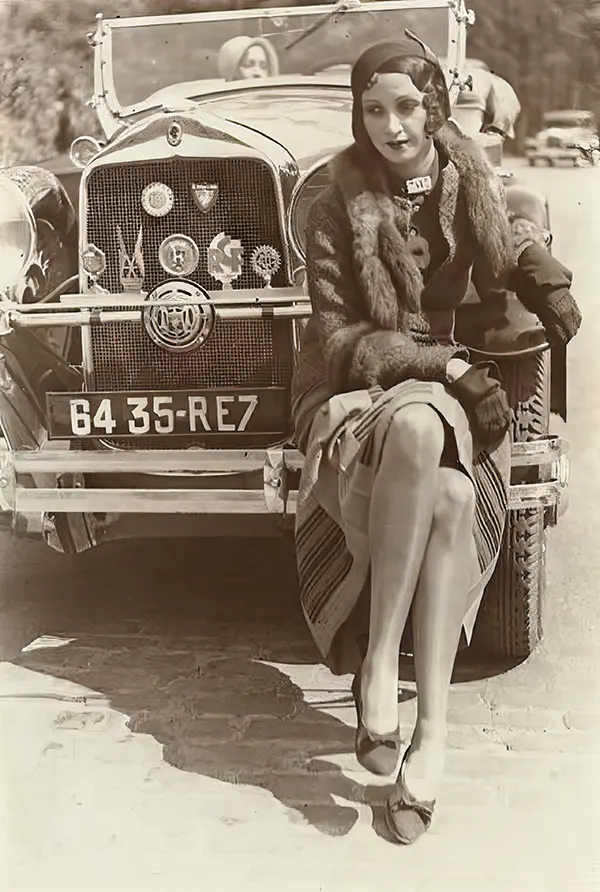
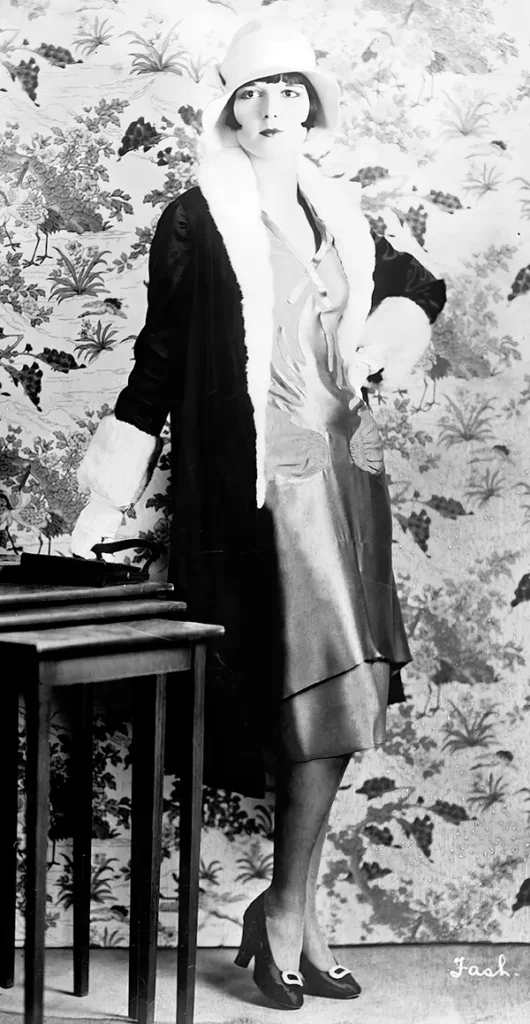
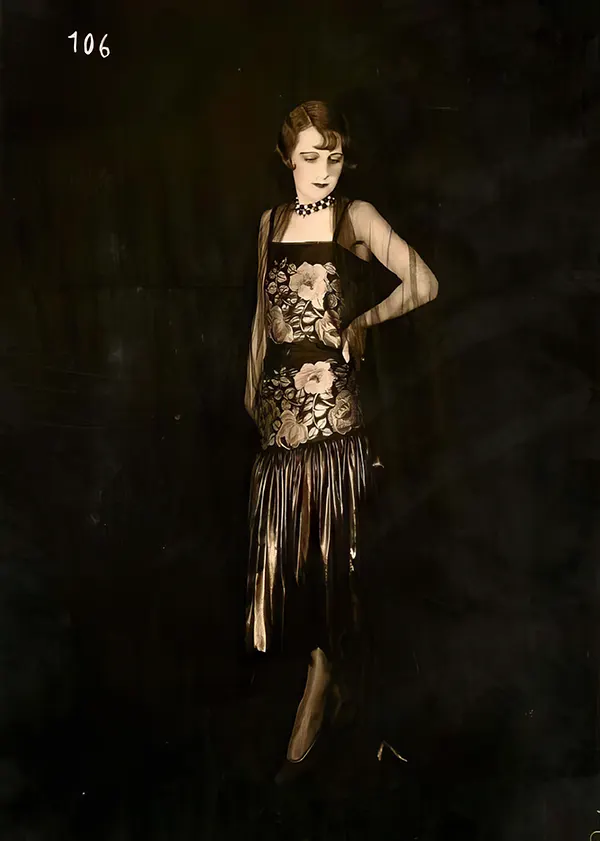
(Photo credit: RHP / Flickr / Wikimedia Commons).


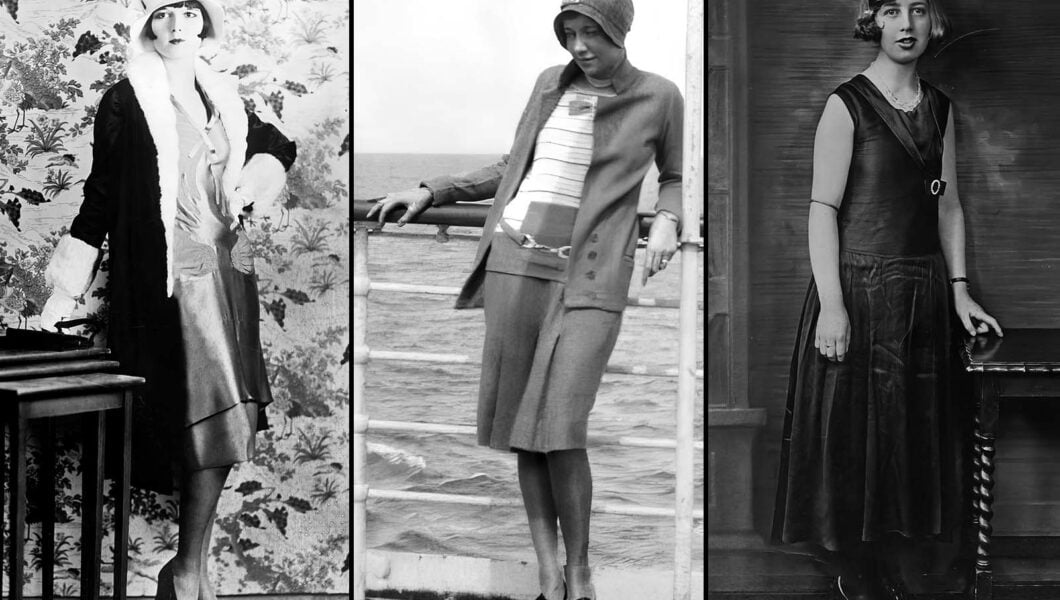

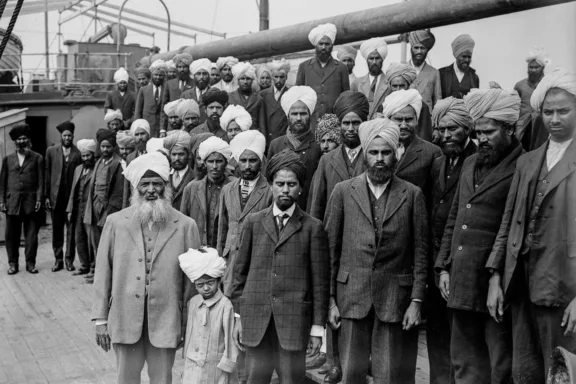

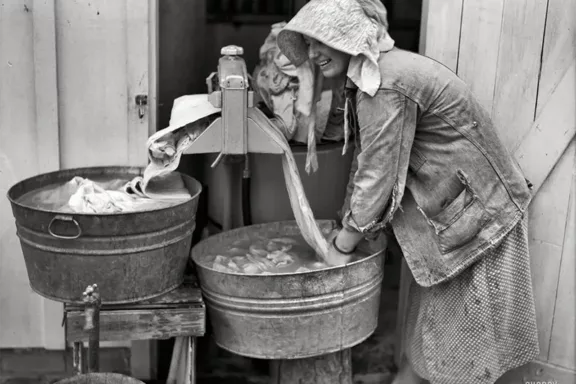
No Comments